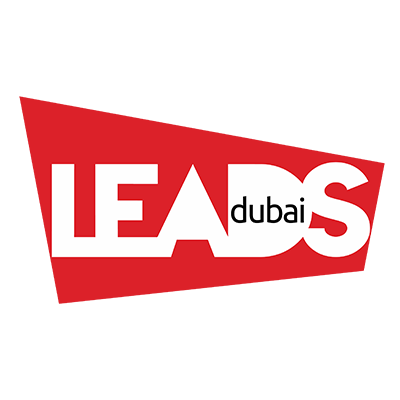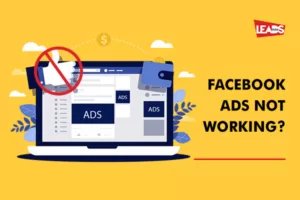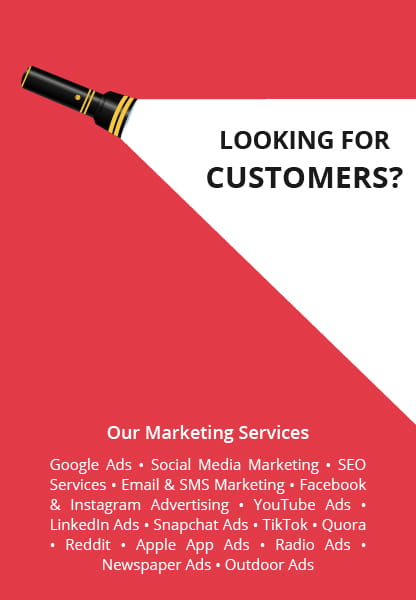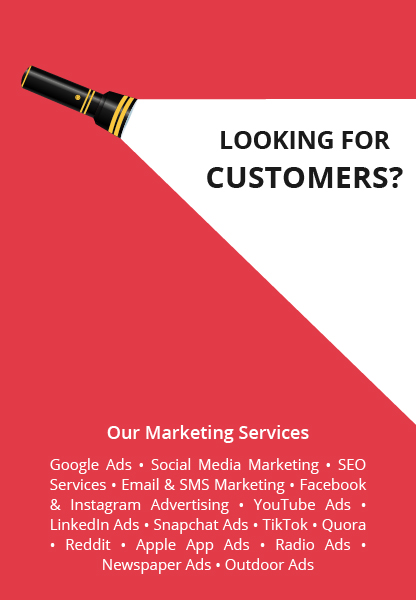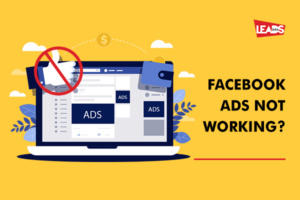
Facebook Ads not working? A must know rule!
Facebook Ads not working? Some Facebook ads don’t serve, and it gets frustrating! So, what went wrong? We tried increasing budgets, making new campaigns, increasing audience size, testing new ad copies! So much effort! For Facebook lead ads, no impressions since last 7 days. Before they were running, then suddenly stopped, all we did was pause and resume again 10 days ago. Still no impressions!
Your bid must be low
Try to increase the daily budget, your bid strategy! Increase them all. Sometimes, your ads don’t reach your audience because your competitor is using a similar audience. And they’re bidding higher than you! Don’t let that happen, don’t be shy to increase your budget a little more. And then watch the magic.
Old Ad set
Spammy content
Happened to us once over a bad credit card data!
Old Ad
Recreate your ad. Don’t be afraid to keep changing your creatives. But, also could just be a bug. Kinda like the old turn it off and back on again trick?
Also, we’ve seen this one before: payment not set-up properly. Might want to check that your spending limits and all that jazz are up to snub.
Do a quick troubleshoot, check if ad was approved and if neither ad nor ad set are somehow paused/inactive.
Target audience
Check your targeting audience. If it’s too specific, you may broaden it a bit ( just a little at first).
After that, if it still won’t generate any volume, just contact the support team, they’re pretty chill!
More Ad problems
- The ad is under review after launching, it can take for several hours to start.
- The ad got some problems, most popular one is lots of text at ad image. Only 20% of image could be a text, if no the ad will not run properly.
- Ad got some restricted text. Check the rules for Facebook ad publishers.
Interestingly enough when it comes to picking the winner of these “auctions,” Facebook doesn’t always look at the price. The 3 major things that factor into Facebook’s decision are:
- Bid price – The price you’re willing to pay for the desired action.
- Estimated Action Rates – How likely your audience is to take the above action.
- Relevance and Quality – How interesting your ads are to your audience, and the quality of those ads (which is determined by the amount of negative/positive feedback)
Based on these three factors, Facebook calculates a “total value” and this total value is what is used to determine whose ads are shown and whose are not.
By choosing “Lowest cost” bidding, you’re allowing Facebook to choose the best price for your selected action and bid competitively. For 90% of advertisers, this is a great option as it ensures that your bid price will never be set too low (and under deliver).
Adding a bid cap, on the other hand, is a different case. When selecting a bid cap, you’re the one telling Facebook what you’re willing to pay for your action, which is accomplished by designating your average or maximum bid. Facebook even mentions that you will have trouble with delivery if your bid is too low.
Each adset in a promotion campaign is optimised for a different activity that you’ve picked, regardless of whether that is clicks, engagement, purchases, or any of alternate alternatives accessible to you. These variables take into account how likely the individual seeing the advertisement is to make that move that you’ve optimised for.
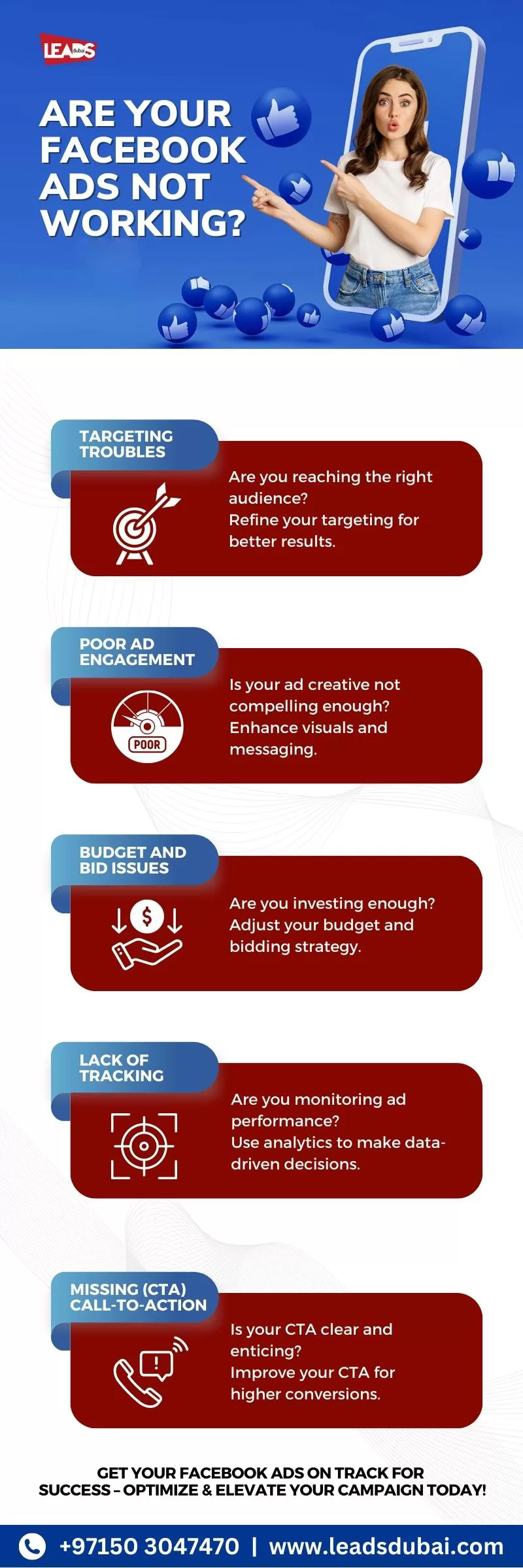
Alright this might be too much for you to take in. That’s why we’re here! To make your lives so much easier. We’ve been through all of it and we sure don’t want you to suffer this way. Contact us, let’s have some coffee. Let’s optimize your ads together!

